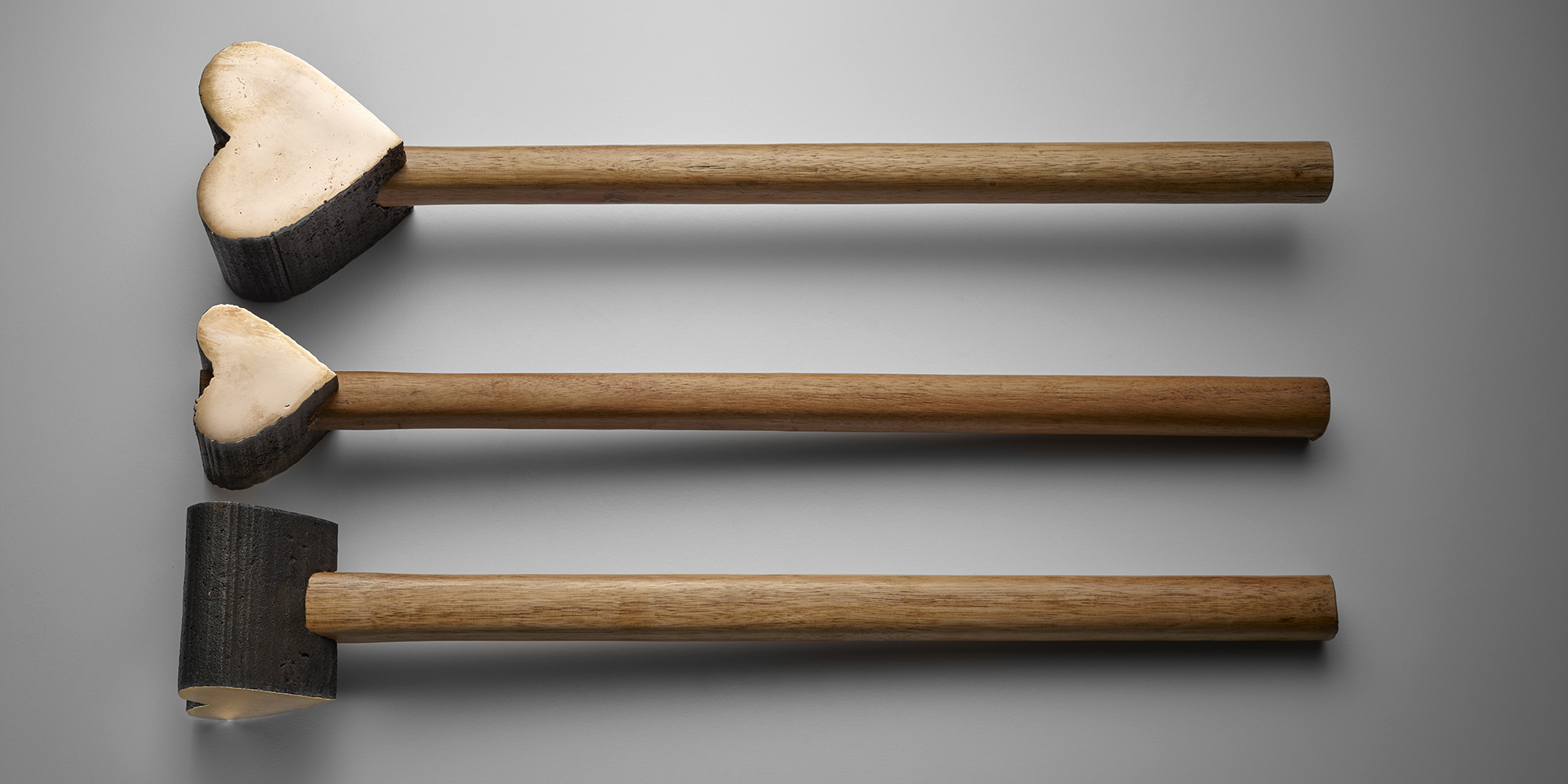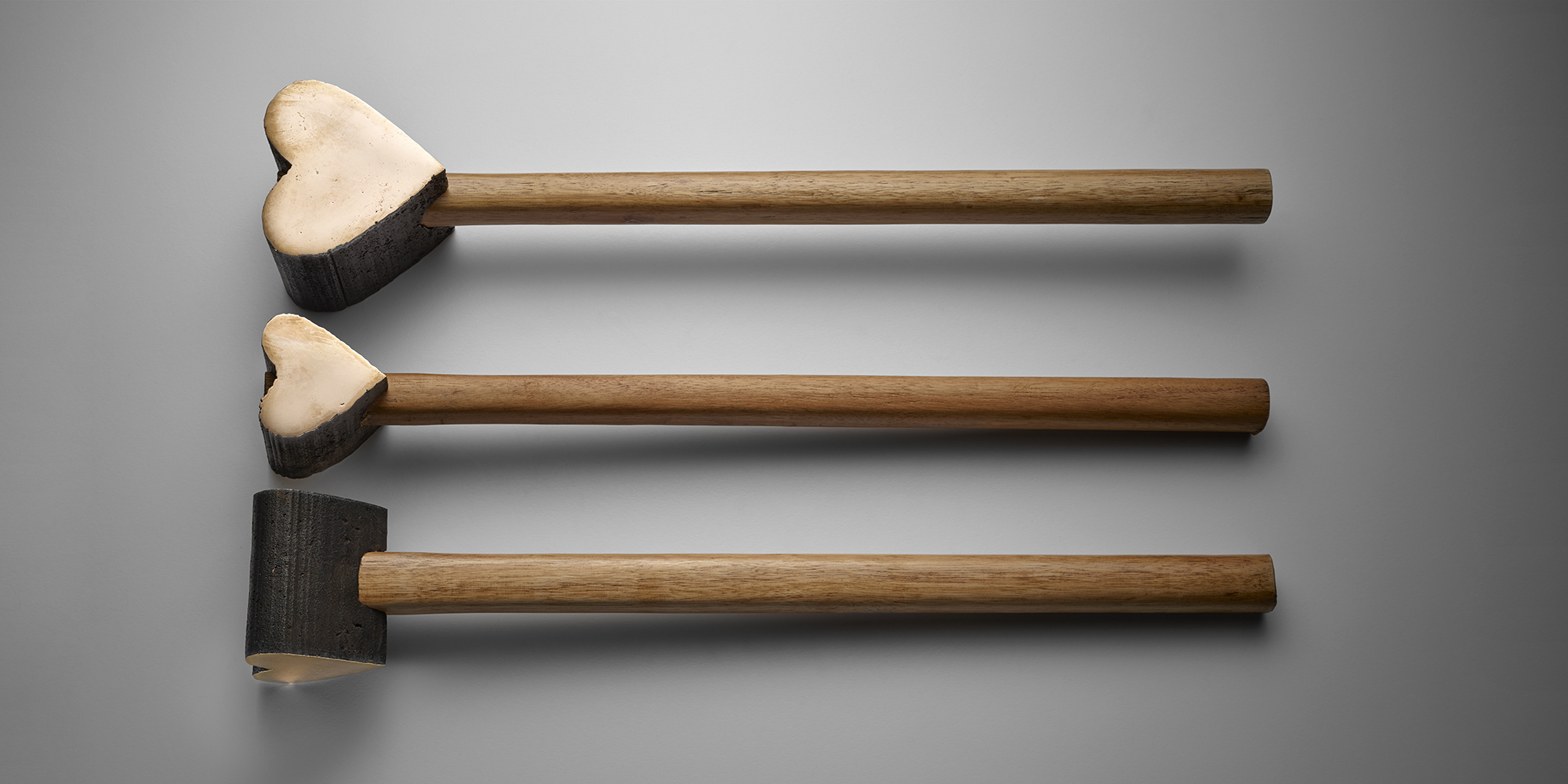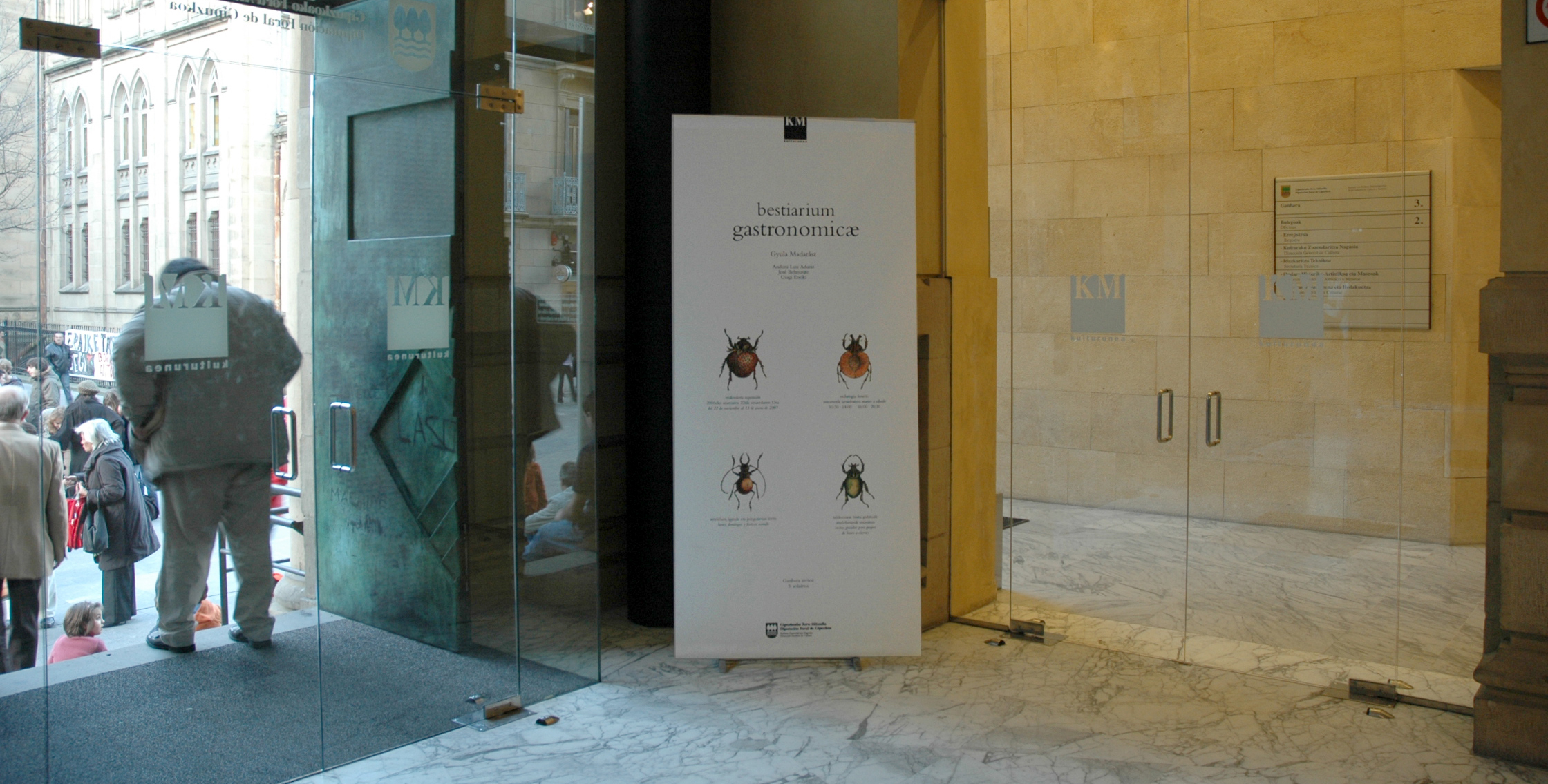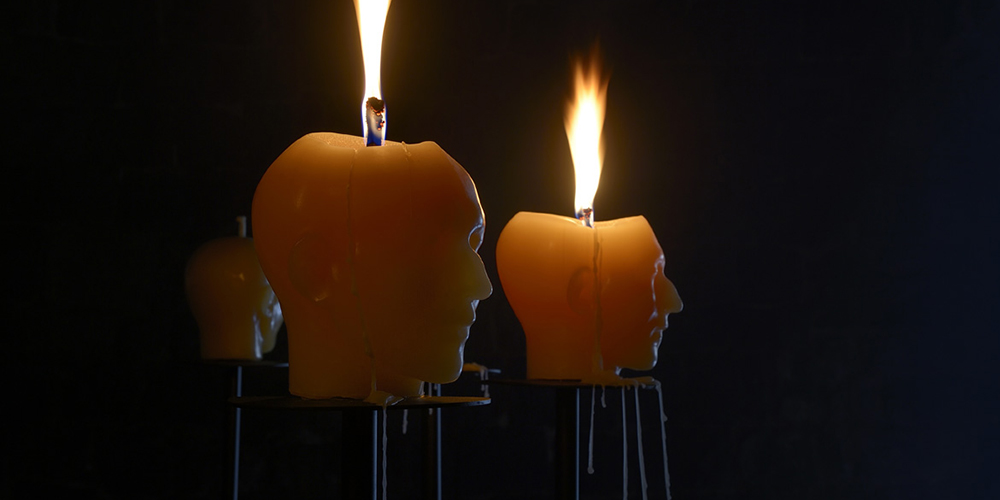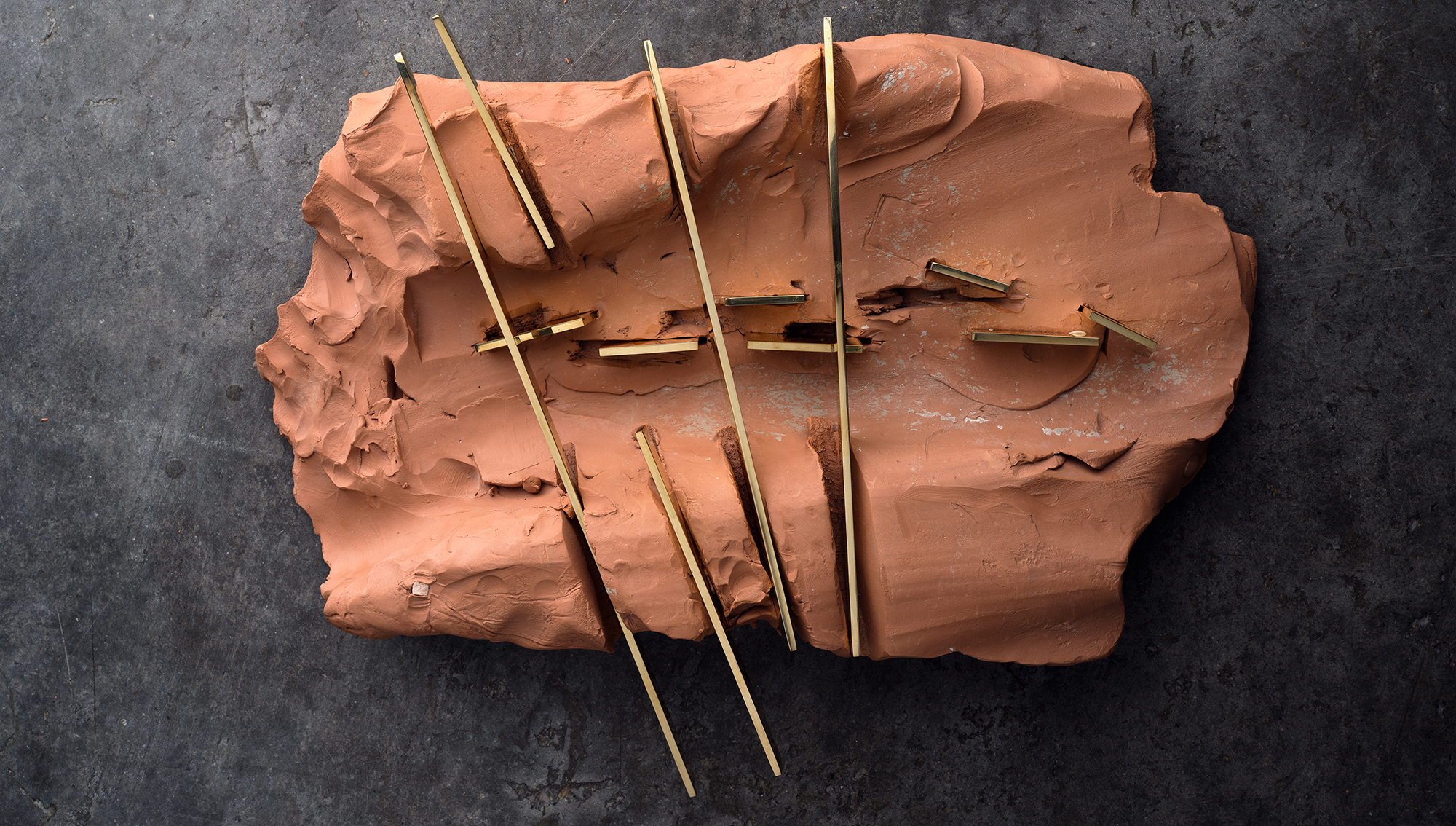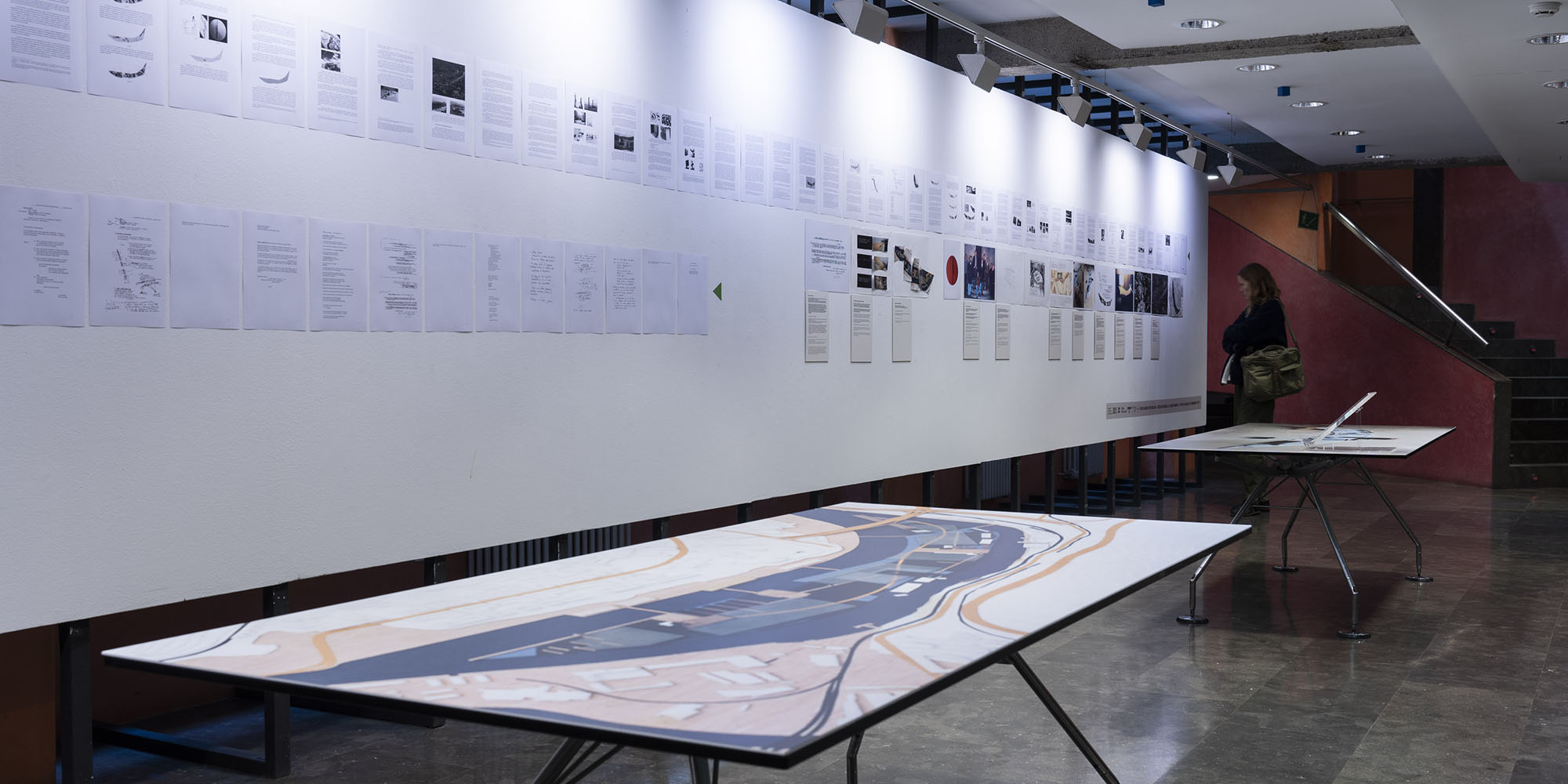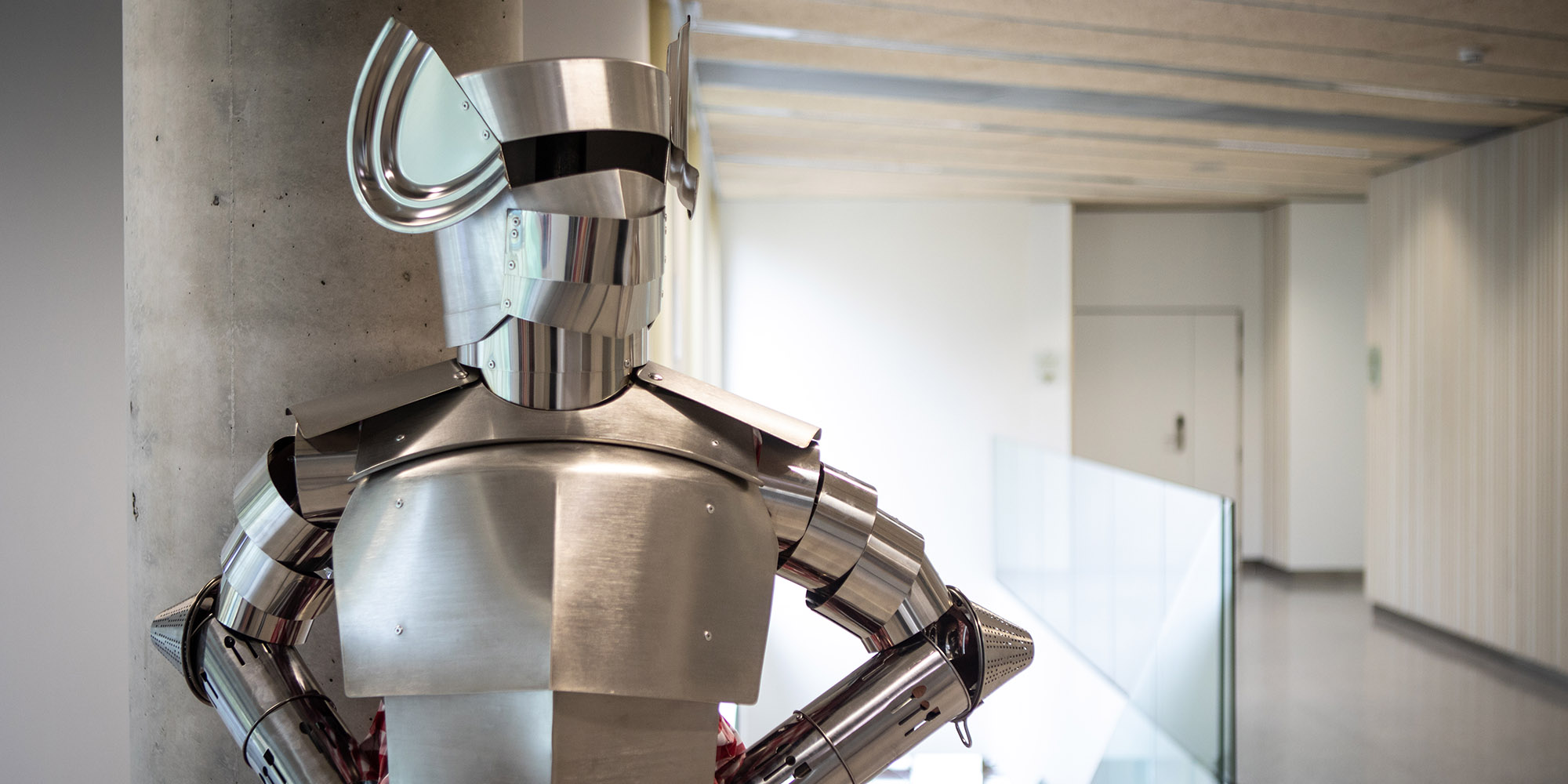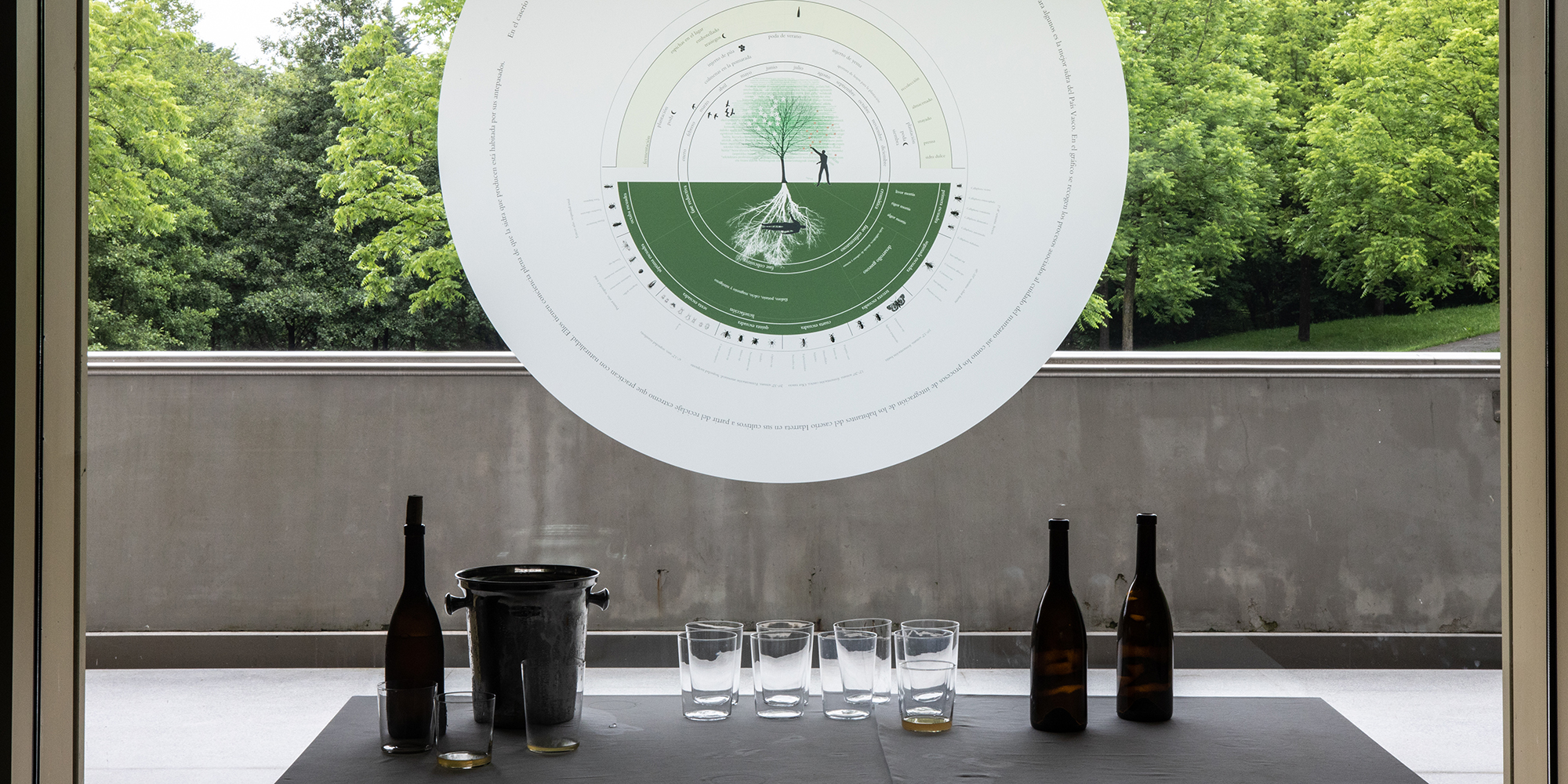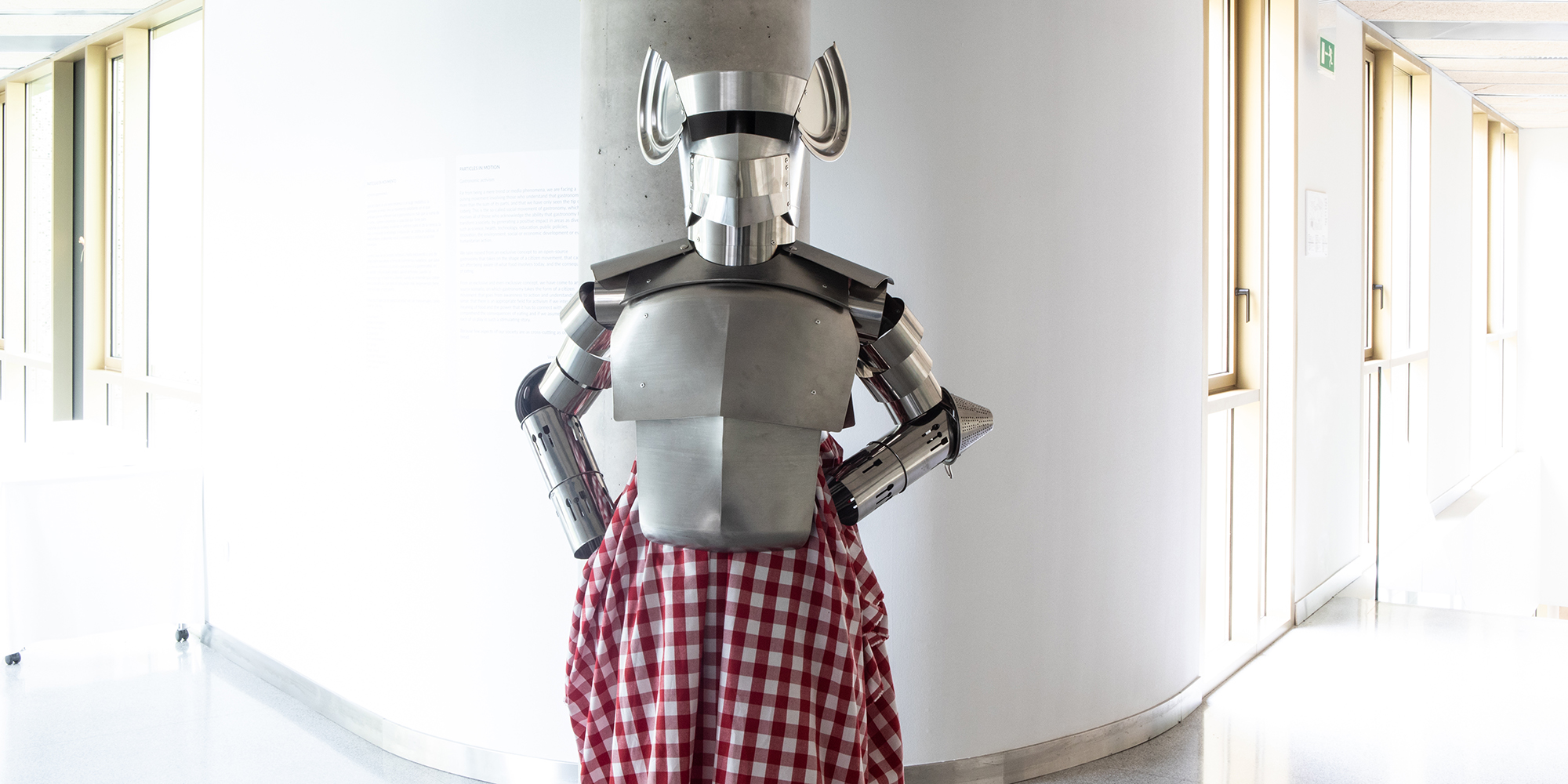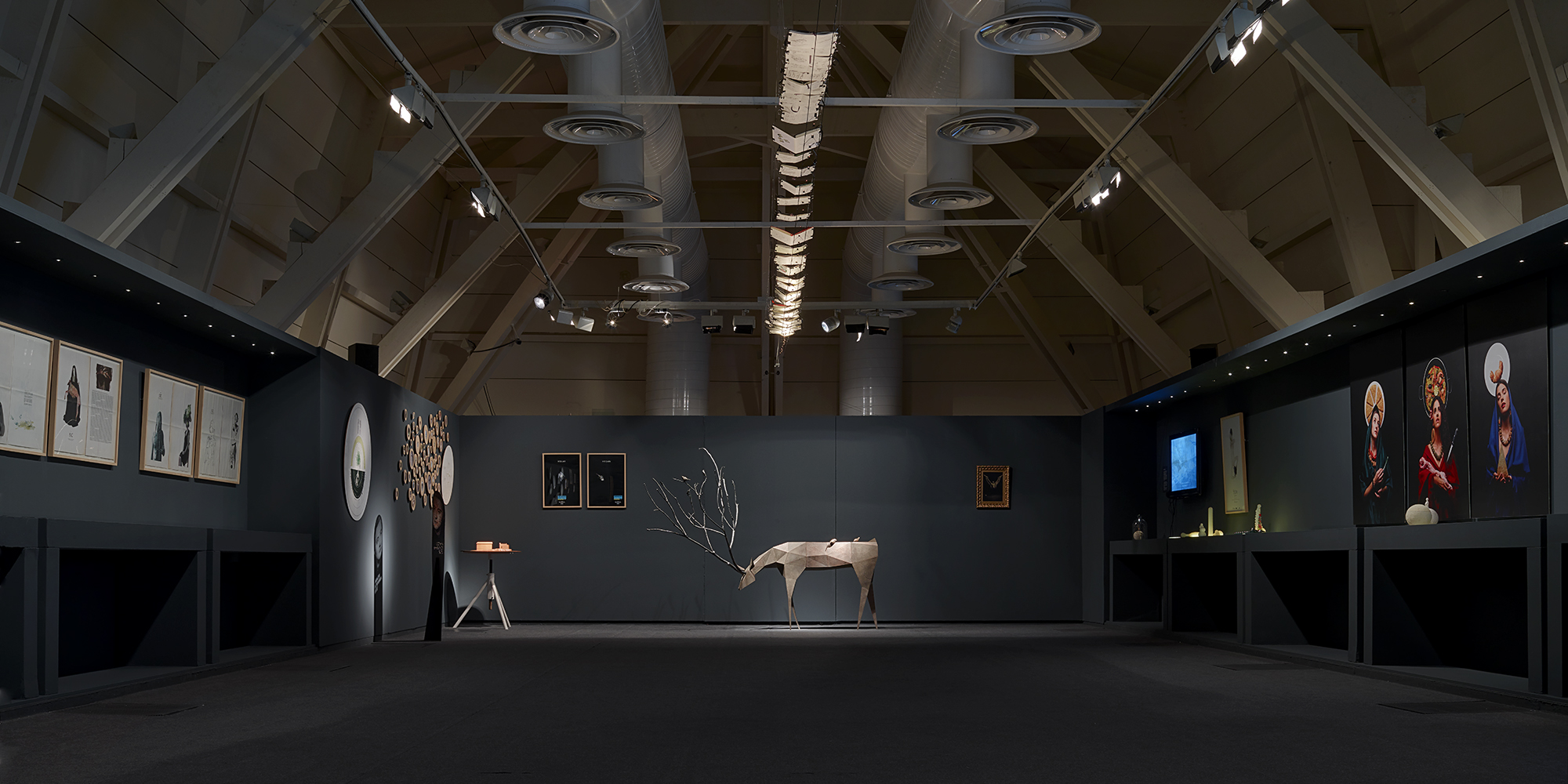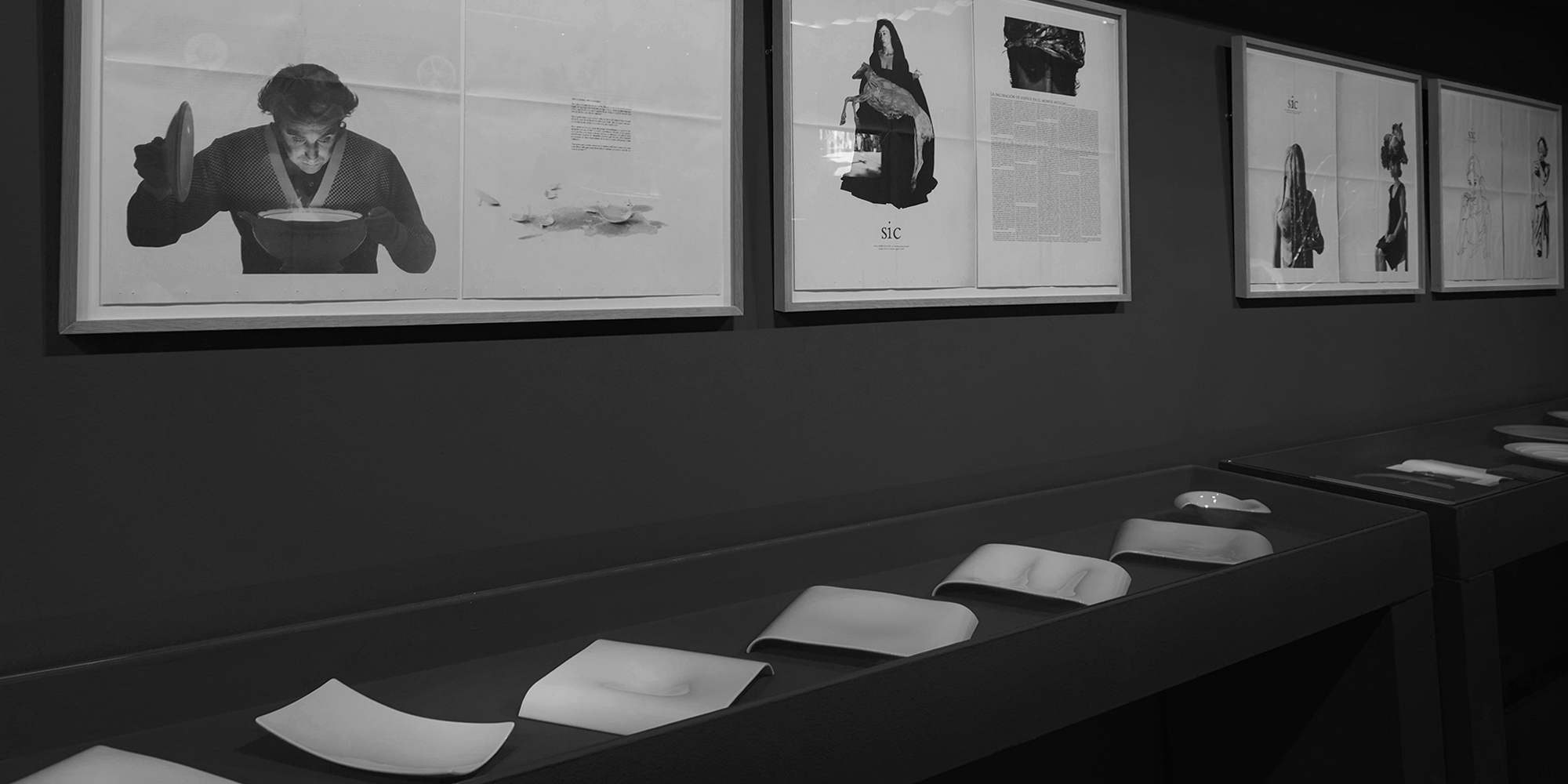AUTOUR DU PHARE
Madrid. Odalys Galery. 2016.
Donostia. Ekain Galery. 2017
Now on the streets there is luxurious trash, objects and belongings, sometimes precious: for example, broken mirrors where the images of their owners still remain reflected. And trophies, many trophies. The latter shine exhausted; the cups and plaques engraved with past triumphs, awards and successes. There are family portraits, there are landscape paintings of the houses of ancestors, toys, puzzles… A dilapidated anchor-shaped lamp is waiting to be adopted by a Romanian family.
How beautiful you are like this, when this furious sea crashes invisibly against your skin, filling you with foam. The sea salt scent that always accompanies you under the golden light.
AMARAUNA
Donostia. Cristina Enea. 2018.
Vitoria. Ataria. 2018
Batán. Atarrabia. 2021
“The world is like a spider’s web; behind its fragility, nothingness lies in wait for you.” The Arabian Nights.
Head downward, the tiny migrating spiders move, flying on invisible filaments. They climb higher and travel further than any other known animal. In the autumn we feel thousands of these threads on our hands and faces, descending and entangling themselves with everything, uniting all things. Adu or adur was the name given by our ancestors to luck or fate, a magical link between things and their names (or representations) that allowed magicians to act from afar. Adur is an irresistible force but also reveals an invisible thread that binds everything, every being, to its destiny.
Photo José Luis López de Zubiria
BESTIARIUM GASTRONOMICAE
Koldo Mitxelena Kulturunea. Donostia. 2006
On the seventy-fifth anniversary of his death, we pay tribute to Gyula Madarâsz by graphically recreating his beasts and taking them to the ultimate consequences (that is, where every true animal that presumes to exist ends up: to the casserole). José Belmonte has been in charge of interpreting Madarâsz’s writings and giving them graphic validity, with the added difficulty of having to do so knowing that these beasts would have to be edible, subject to a second interpretation, gastronomic this time, by Andoni Luis Aduriz . Hence, José Belmonte’s drawings are not the typical naturalistic interpretations that merely illustrate or repeat the descriptions of the animals, but rather recreations that, sacrificing literality with a second twist, must facilitate the link between bestiary and recipe book. .
Harkaitz Cano
IGNITE
Pamplona. Navarra. Ciudadela. Sala Horno. 2016
San Francisco. California. Sala Manresa. 2018
This installation aims to reflect on the idea of fire and its transformative capacity. Likewise about chance, the sacred and the profane. Gradually, the saint will lose his human form, acquiring unexpected and varied structures similar to stalactites in a cave, roots, a jellyfish, etc.:
“…His goal was no longer to defeat others but to defeat himself. Swift destiny, reaching the flight of holiness dispossessed of all the burdens of man, surrendering to the causes of God: Ad maiorem Dei gloriam. Burn, imitate the saints. Lose shape. Silence yourself. End”
On 12 cylindrical metal bases, one meter sixty high, 12 candles. These candles have the shape of the true face of the saint, obtained from the funerary mask that was made for him in Rome the year of his death, 1556…
Photo Mario Bregaña
OTEIZA IN BILBAO, THE IMMOBILE CITY
Bilbao. Bizkaia. Bienal de Arquitectura MUGAK. COAVN. 2023
This episode, little commented on in the sculptor’s career, was one more opportunity, the third and last, in which the artist had the opportunity to propose his ideas about research in the field of aesthetics and arts for Bilbao, applying them to the form. to make city and territory.
It is no coincidence that it was the city of Bilbao, a city then in the midst of a process of reconversion and immersed in profound changes, that offered him new opportunities to try to shape his ideas about applied aesthetics and to test his political approaches to art to the integration of its aesthetic project in the territory and the city.
(The year was 1994 and this project arose from a competition organized by the “Thyssen Industrie” Group, with the collaboration of the “BBVA Foundation” and the support of the Bilbao City Council, in what was the Zorrozaurre peninsula.
The exhibition includes that project that a group of students made up of Santos Bregaña, Mikel Enparantza, Bakarne Iturrioz, Javier Pérez, Emilio Varela and Javier Zunda carried out at Arteleku. The brothers Iñaki and Jon Begiristain were in charge of directing it, who organized the meetings with the different collaborators, under the gaze and advice of the sculptor Jorge Oteiza, the program of Ramón Zallo and the consultations with Iñaki Zubizarreta).
50 GLIMPSES, A TOUR THROUGH CONTEMPORARY GASTRONOMY
Donostia. Gipuzkoa. Basque Culinary Center. 2018
Even in the soup! The kitchen is everywhere. In the mouths not only of those who eat, but of those who build, around a table, imaginaries in which food serves as a bridge to everywhere. Behind what we bite there is much more than nutrients. There is society and therefore culture. Gastronomy is not just haute cuisine, nor just food, but a set of relationships in which very diverse agents intervene, within an ecosystem whose common denominator is food and whose meaning lies in the fact that, as the French philosopher said, Gaston Bachelard, the human being is the creation of desire and not need.
To celebrate, Basque Culinary Center presents 50 Miradas, an interdisciplinary project that invites us to observe the multiplication of a phenomenon in motion in which ideas constitute the main ingredient, action is translated into the best technique and creativity is revealed as the only border.
Are we really what we eat? More than answers, we open questions in a multidimensional story displayed throughout the entire BCC building, in which gastronomy takes the form of conversation, activism, science, value and experience.
Photo Bernat Alberdi
DISPARAÎTRE
Donostia. Gipuzkoa. Koldo Mitxelena Kulturunea. 2019
KEEP SILENCE, THIS EXHIBITION IS ALIVE
Try not to speak too loudly, the works presented here may come down or escape from their display cases at any time in your presence. If you come in May, you will see the exhibition in its greatest abundance: 12 chapels, 107 objects. If you go there in the last days of June, however, you will see the holes marked with the pieces already gone, like forensic silhouettes where you will have to imagine what was there and is no longer shown. Only for the privileged: the last two days, June 28 and 29, the large room will be empty and free for a single work. He will be the last inhabitant of this large attic where an emptying exercise will be held every Thursday. An exhibition whose title is the verb to disappear (Disparaître) could not be closer to nonsense. Thus a single work will attend the funeral of all the others. Only one work will survive us. Oskar Alegria
Fotografía López de Zubiria


